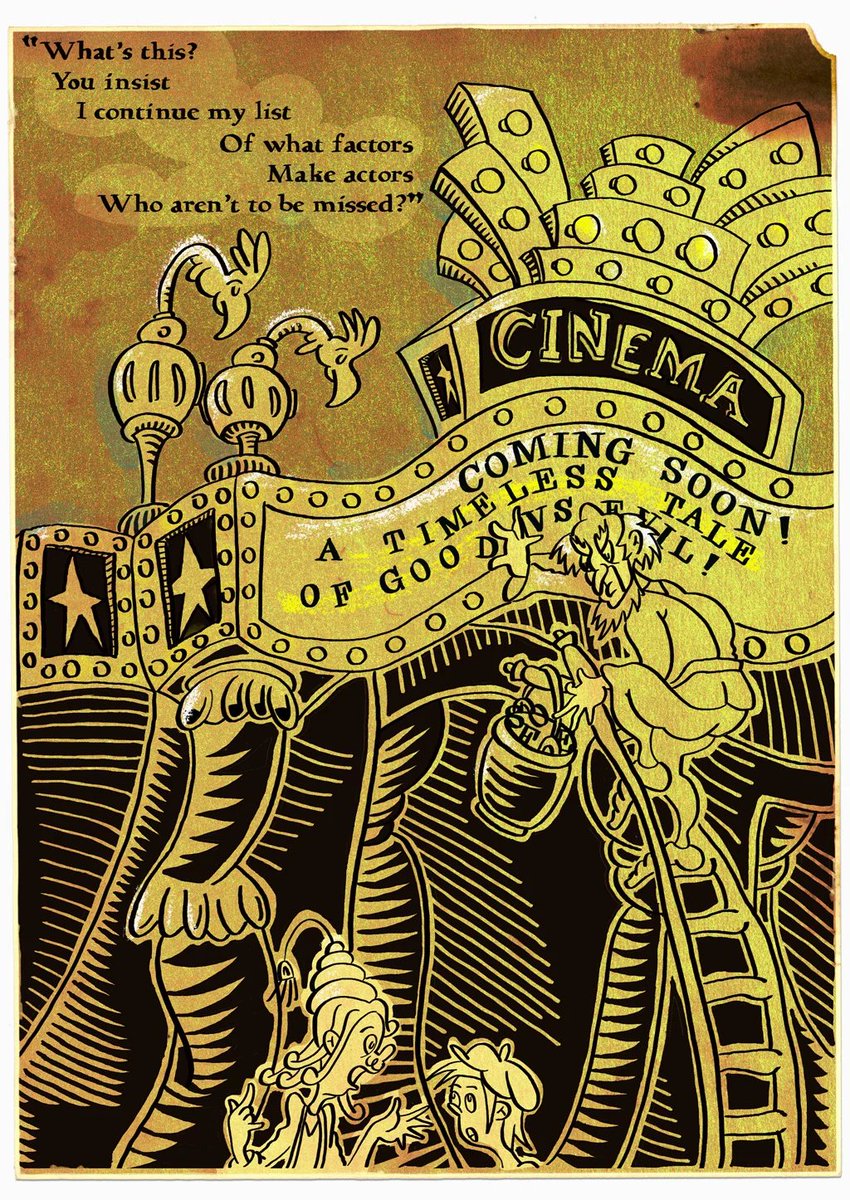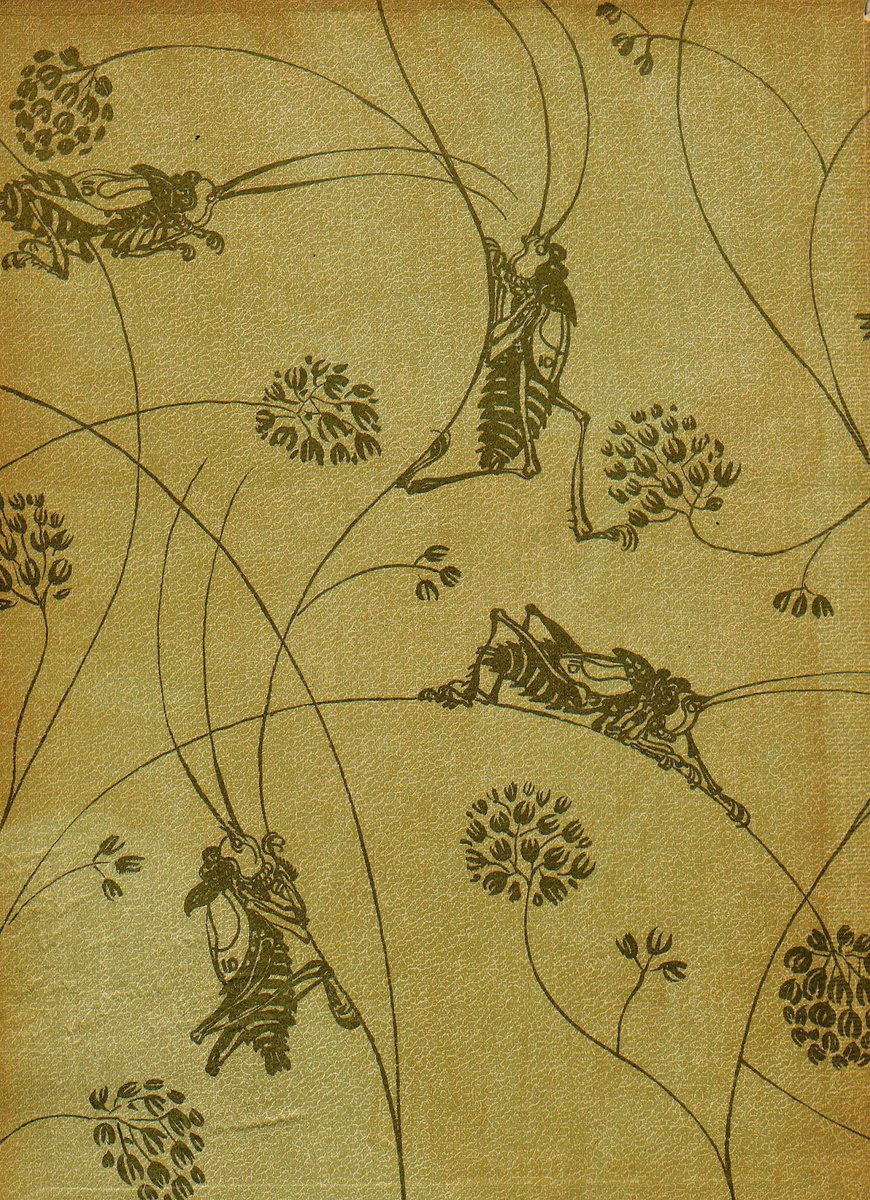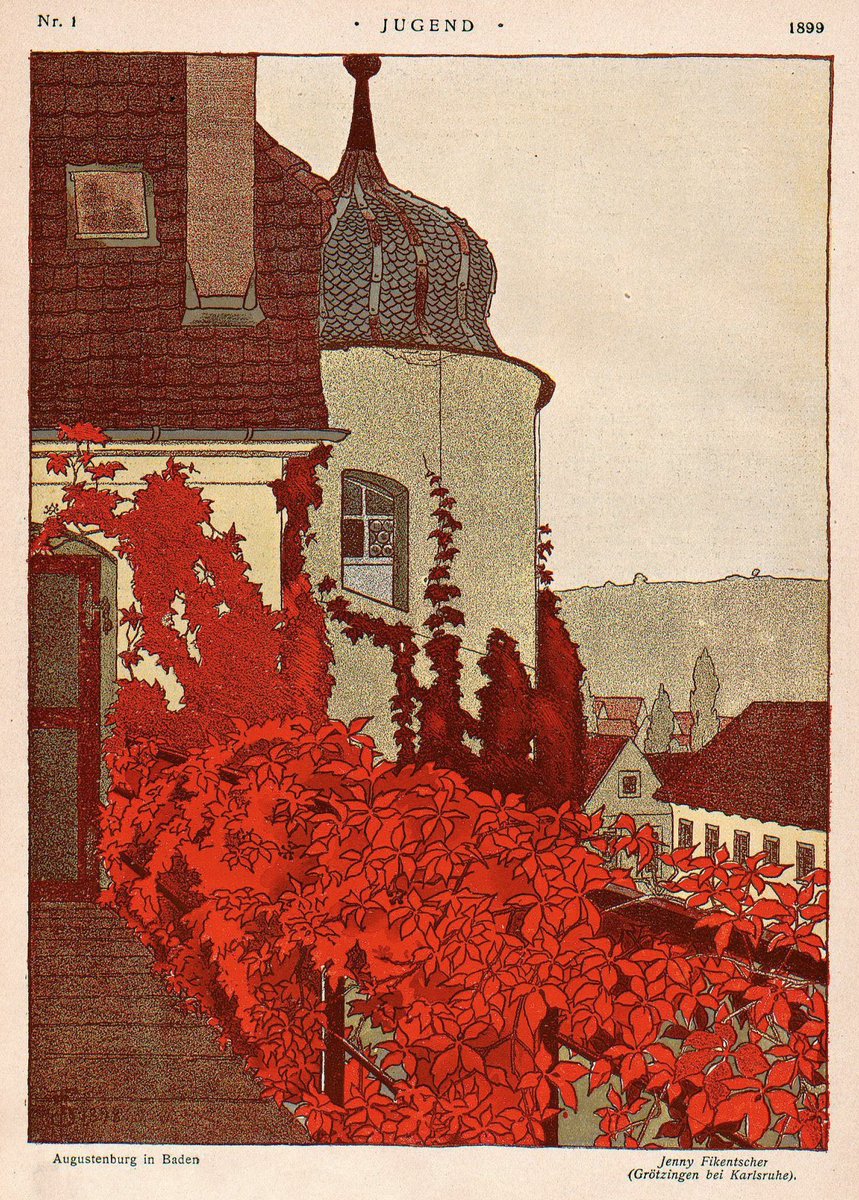
Modern US politics is culturally driven by negative partisanship. Discourse, in that context, is shame and contempt-driven. The rhetorical goal is to sting the other side by exposing them as scoundrels and traitors to liberal democracy and American high ideals.
The right has some success at this - CRT, 'Woke'. The left has more. No one on the left, or in the middle, seriously worries maybe Trumpists are holding the high moral ground. I mean, srsly: Trump. Matt Gaetz is going to lecture me? Marco Rubio? The right lacks moral cred.
Hence the right is regularly stung by accusations of racism, Trump is a con man, 1619, R's are an antidemocratic, Q-addled 'basket of deplorables', the sedition caucus, voter suppression. Conservatives genuinely are infuriated by these charges. Why? (You do the math.)
R's know they have a lot to answer for that they'd rather not. They want to move on to occupying the moral high ground, going forward, lecturing the left about how THEY are in the wrong. If only the left would let them be the moral heroes of the American story.
But making the right angrily ego-defensive by constantly criticizing, in a valid way, is not practically improving. The main psycho-cultural effect, if any, is to make the right resentful and self-pitying, hence worse in the very terms the indictment lays out.
You call me a racist? Fine! I'll be a racist. You accuse me of being antidemocratic? Fine! I'll give you antidemocratic! You say there was an insurrection on 1/6 and my side was behind it? Fine, how do you like it, Myanmar-style?
I seriously worry that - first time as tragedy, 2nd as farce-style - the R's will go full fascist partly partly to prove they aren't 'the baddies'.
• • •
Missing some Tweet in this thread? You can try to
force a refresh


























